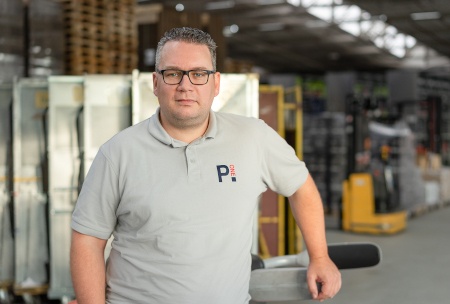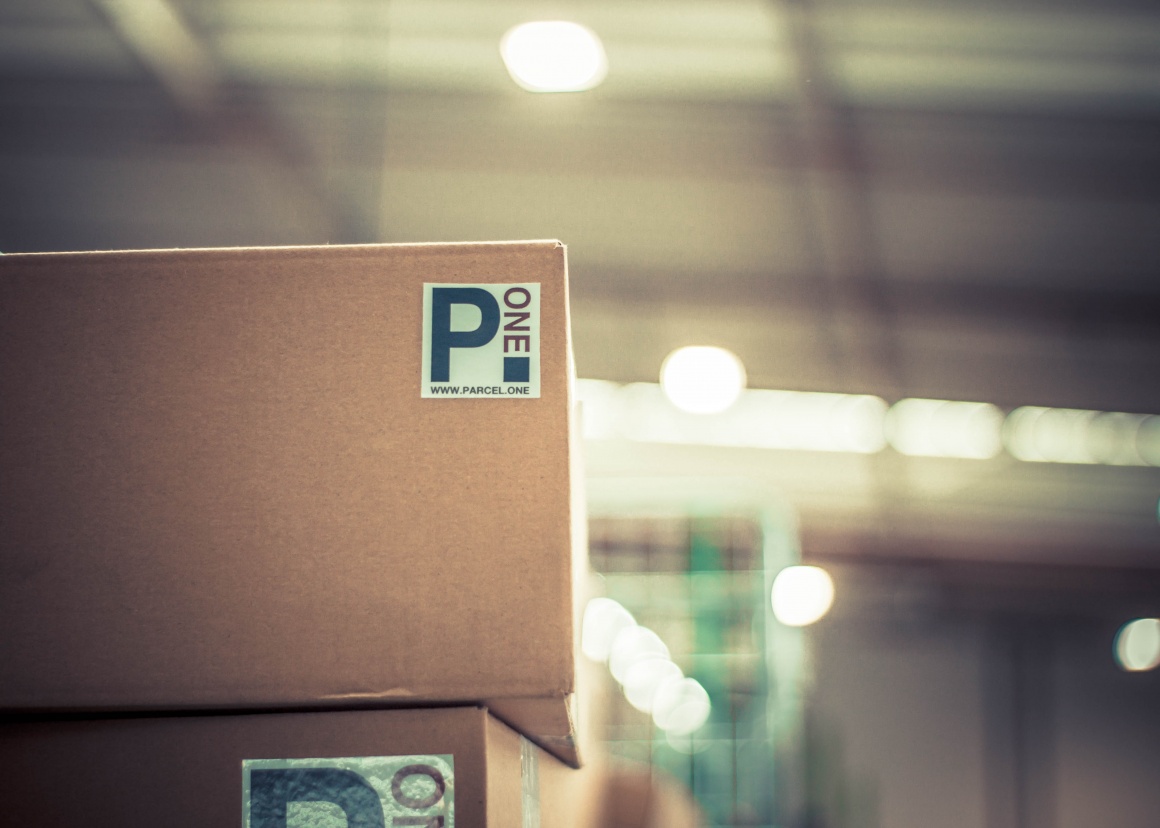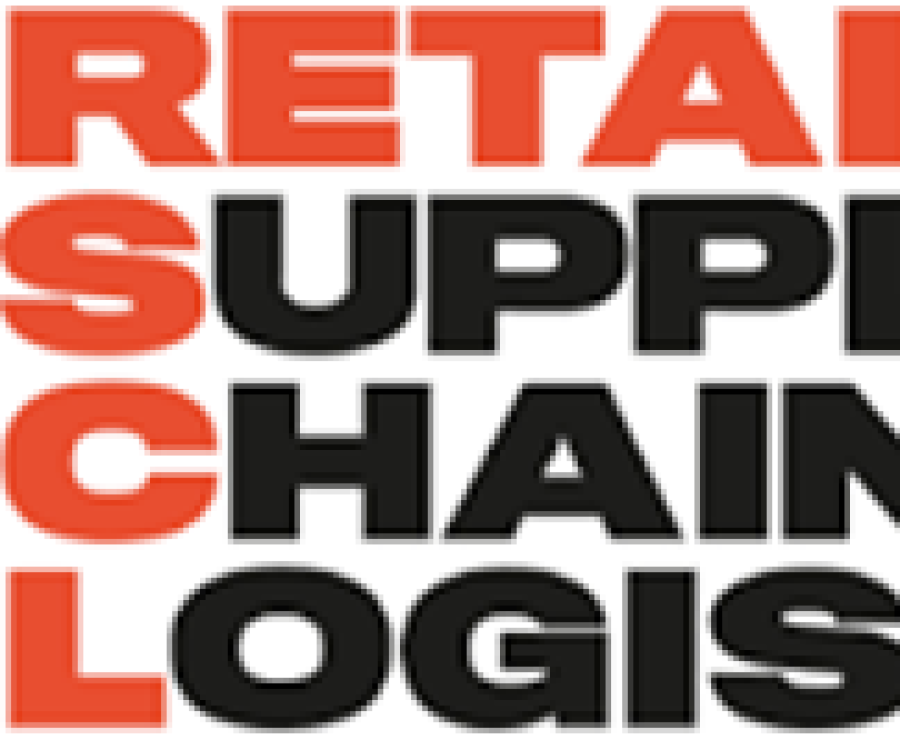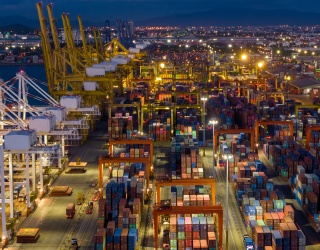Sustainability, ethics and the ecological footprint – nothing that e-commerce can really score with. Especially shipping including returns urgently need more awareness, from customers as well as store operators.
Micha Augstein, founder of PARCEL.ONE and logistics expert, shares his vision for a sustainable returns management in e-commerce and explains how responsible business practices can become reality.
Considering daily orders and parcel delivery Germany is one of the world leaders. On average Germans receive 24 parcels per person per year – only topped by China with even more active e-commerce logistics and 70 parcels (PPPY). It shows that the trend is rising. According to a McKinsey study, published 2019, online trade will account for a third of global retail trade by 2030. The parcel and logistics industry recently generated more than 240 billion euros in revenue – 103 billion euros of that solely with “last mile”-services.

However, that success is also followed by negative effects. Every order and every delivery causes CO2 emissions. Including returns, this amounts to 238,000 tons of harmful CO2 in Germany – on a daily basis. Statistics concerning parcel returns do not come to a fortunate conclusion. In Germany every sixth parcel will be returned. Every year these returns add up to a good 286 million. Even worse, around a third of these are not returned to retailers at all, but are simply destroyed.
So how can we optimize returns management and design an ecological process?
First of all they do exist: Possibilities to help reduce the sheer amount of returns in e-commerce. However, customers and retailers alike are equally responsible to put these into practice.
Product information
A sustainable returns management starts before we even purchase. It begins when the potential customer wants to find out more about the product or collect impulses, ideas, suggestions and inspiration. Not only detailed and elaborate article descriptions in online shops can help to make the purchase a lot easier. Take 360-degree product images and augmented reality features for example: While they may seem as a gimmick at first glance, they provide customers with valuable data. The more information about a product, the fewer surprises will be waiting for you at home. Returns for products ordered because of insufficient product data, ordering the wrong product by mistake or orders just to simply test a product would be reduced. With these actions the overall return rate would at least be slightly improved.
Traditionally the fashion department struggles with many returns. Clothes have to fit and be tried on. Although techniques like AR aim to do so, we still struggle with the technical capabilities to digitally map the process of trying on clothes in real life. So, correct measurements and conversion tables as well as tips and information about the model, can help. Guides and advisory content can "protect" customers from wrong purchases and answer many questions in advance.
Packaging
Another approach would be to change the packaging itself. Why not switch to recyclable packaging or reuse returned packages? It might irritate customers at first, but you could also let them decide whether they want their products delivered in immaculate cardboard packaging or if they want to contribute to sustainability by choosing reutilized packaging. It is also possible for retailers to renounce usage of new packaging altogether and become industry pioneers or advocates for sustainable logistics. This would set a good example for competitors and potential customers
Just as much as recyclable packaging, the packages themselves should correspond to the size of the actual contents. More often than not goods are being delivered in oversized packaging, therefore use up more space in delivery trucks and directly create more CO2 in the delivery process. Less packages loaded up per shipment equals more deliveries in total per truck. This directly translates to less emissions. In addition, sustainable packaging and filling materials should be used.

Free returns?
Store operators might also consider completely eliminating free returns. Certainly, customers are (initially) cut back on services this way. However, if communicated in an understandable way with the aim to express social responsibility and purpose, customers can be convinced. By the way: customers are welcome to order without same-day delivery as this prevents vehicles and delivery trucks from being fully loaded – neither ecological nor efficient.
Choosing returns providers carefully
Retailers who work with several returns providers ensure that the recipient can head for the best and shortest return option. This eliminates the need for supposed extra trips. Furthermore logistics service providers and suppliers should also be held responsible. When it comes to sustainability and climate-neutral shipping, it makes sense to rely on electrically powered vehicles. Same is true for the overall usage of renewable energies in logistics. May it be in facilities or on delivery routes – we have the technology, we just don’t use it.
The bottom line
E-commerce has its very own demons. When it comes to ecological assessment, online retail is often and rightly criticized. Unfortunately the problem cannot simply be discussed to disappear. However, many (online) retailers, service providers and even the customers themselves won’t consider sustainable strategies to be feasible. But even if these models might still appear difficult to realize, a study by Trusted Shops shows that the overwhelming majority (92%) of online retailers is convinced that sustainable e-commerce-concepts will dominate the future. And according to a YouGov inquiry at least two thirds of German shoppers value sustainable online shopping.
In addition returns do cost a lot of money. Sifting through shop items, quality assurance, returns management, collection and identification of items, administration, shipping costs for returns, postage as well as the treatment, cleaning and repairing of sent back goods – all of these are major cost drivers. Retailers and companies that reorganize established structures and processes and optimize their returns management are thus not only making their contribution to sustainability and environmental protection, but also save valuable money along the way. Not to mention potential image boosts in their relevant target audience.







